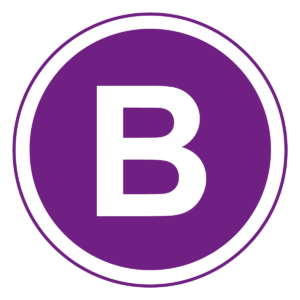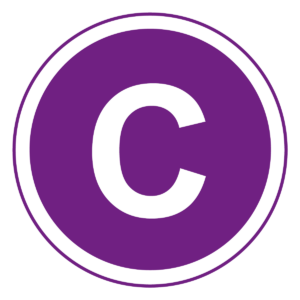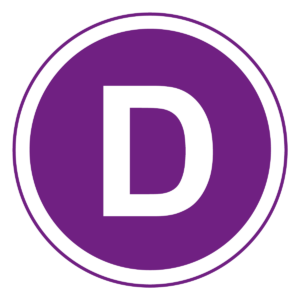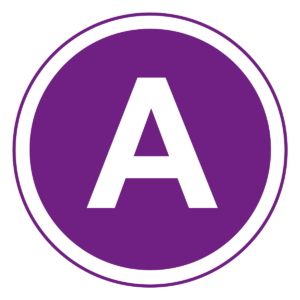Four Parts of Medicare
Medicare Part A – Hospital Services
Coverage for inpatient hospital care, skilled nursing facility care, nursing home care, and hospice. Most people don’t pay a monthly premium for Medicare Part A. You must be at least age 65 and you (or your spouse) paid into Social Security for at least 10 years.
Medicare Part B – Medical Services
Coverage for doctor visits, outpatient surgery, lab and x-ray services, durable medical equipment (DME), and ambulance services. Most people pay a monthly premium for Medicare Part B that is based on income. You can enroll in Medicare Part B if you are age 65 or older, under age 65 with select disabilities, or have permanent kidney failure requiring dialysis. You may have a late enrollment penalty if you do not enroll in Medicare Part B once eligible.
Medicare Part C – Medicare Advantage Plans
A Medicare Advantage plan is an all-in-one plan offered by private companies that are approved by Medicare. These plans bundle your Medicare Part A and Medicare Part B and often provide Medicare Part D coverage. On top of Original Medicare coverage, Medicare Advantage plans often provide additional benefits not traditionally covered by Original Medicare (like dental, vision, hearing, transportation). To enroll in a Medicare Advantage plan, you must keep your Medicare Part A and Part B coverage and live within the plan’s service area.
Medicare Part D – Prescription Drug Coverage
Prescription Drug coverage is often provided through a private company, like a Medicare Advantage plan or a Stand-Alone Part D Plan. Medicare Part D help with your out-of-pocket costs for brand-name, generic, and specialty medications. Prescription costs and coverage depend based on plan selected. To enroll, you must keep your Medicare Part A and Part B coverage and live within the selected plan’s service area.
